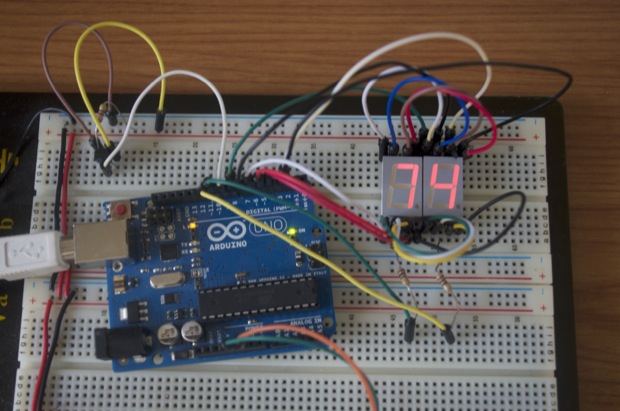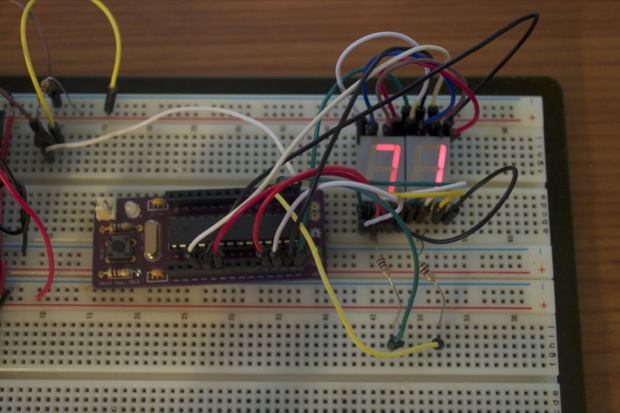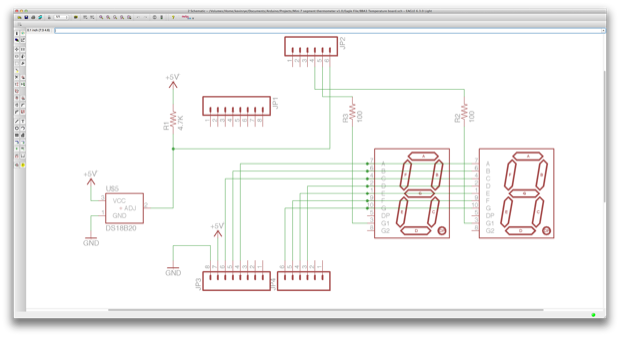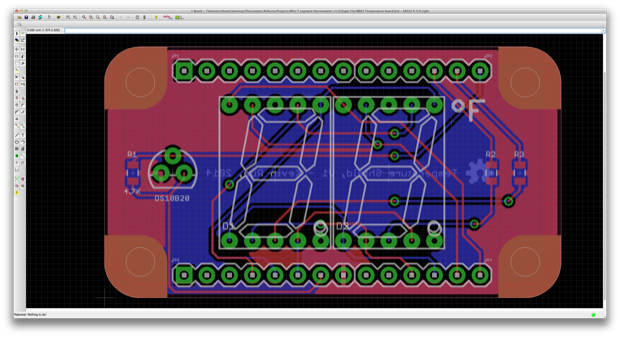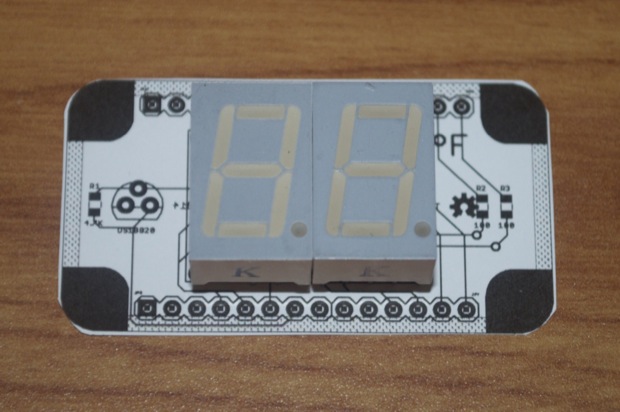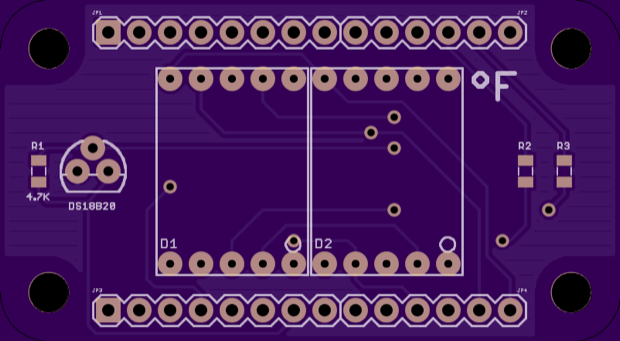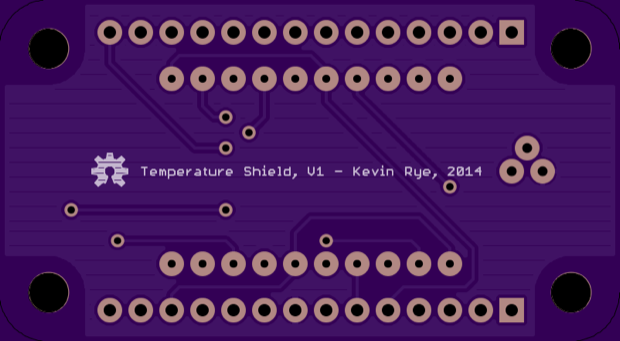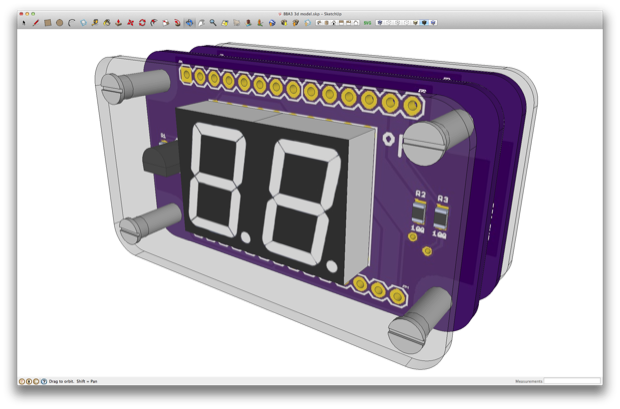
AppleToTheCore
Check out my vintage Apple collection.

RescueMyClassicMac
Do you need old system software disks to boot your vintage Mac?

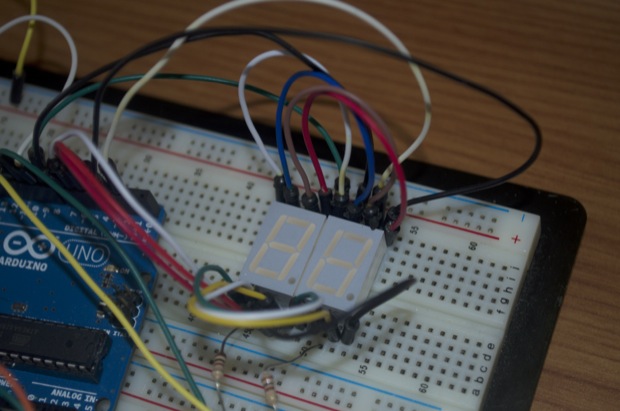
#include <OneWire.h>
int DS18S20_Pin = 9;
OneWire ds(DS18S20_Pin);
byte digit0 = 10;
byte digit1 = 11;
int xyz = 0;
float temperature;
int nnn;
int fTemp;
byte sevenSegmentPins[] = {2,3,4,5,6,7,8};
byte sevenSegment[10][7] =
{
//a b c d e f g
{ 0,0,0,0,0,0,1 }, // 0
{ 1,0,0,1,1,1,1 }, // 1
{ 0,0,1,0,0,1,0 }, // 2
{ 0,0,0,0,1,1,0 }, // 3
{ 1,0,0,1,1,0,0 }, // 4
{ 0,1,0,0,1,0,0 }, // 5
{ 0,1,0,0,0,0,0 }, // 6
{ 0,0,0,1,1,1,1 }, // 7
{ 0,0,0,0,0,0,0 }, // 8
{ 0,0,0,1,1,0,0 } // 9
};
void setup() {
pinMode(digit0, OUTPUT); //pin 10
pinMode(digit1, OUTPUT); //pin 11
for(int i=0; i<7; i++) {
pinMode(sevenSegmentPins[i], OUTPUT);
}
digitalWrite(digit0, HIGH);
digitalWrite(digit1, HIGH);
temperature = getTemp();
fTemp = (temperature * 1.8) + 32.0; // Convert Celcius to Fahrenheit
nnn = fTemp*100;
}
void segmentWrite(byte digit) {
byte pin = 2;
for (byte i=0; i<7; ++i) {
digitalWrite(pin, sevenSegment[digit][i]);
++pin;
}
}
void loop() {
xyz++;
if (xyz == 1000) {
xyz = 0;
temperature = getTemp();
int fTemp = (temperature * 1.8) + 32.0; // Convert Celcius to Fahrenheit
Serial.println(fTemp);
}
showNum(nnn);
}
void showNum(int n) {
//display digit 0
int n1 = (n%10000)/1000;
//digit 1
int n2 = (n%1000)/100;
digitalWrite(digit0, LOW); //enable digit0
segmentWrite(n2); //send number to the segments
delay(10); // delay
digitalWrite(digit0, HIGH); //disable digit0
digitalWrite(digit1, LOW); //enable digit1
segmentWrite(n1); //send number to the segments
delay(10); // delay
digitalWrite(digit1, HIGH); //disable digit1
}
float getTemp(){
//returns the temperature from one DS18S20 in DEG Celsius
byte data[12];
byte addr[8];
if ( !ds.search(addr)) {
//no more sensors on chain, reset search
ds.reset_search();
return -1000;
}
if ( OneWire::crc8( addr, 7) != addr[7]) {
Serial.println("CRC is not valid!");
return -1000;
}
if ( addr[0] != 0x10 && addr[0] != 0x28) {
Serial.print("Device is not recognized");
return -1000;
}
ds.reset();
ds.select(addr);
ds.write(0x44,1); // start conversion, with parasite power on at the end
byte present = ds.reset();
ds.select(addr);
ds.write(0xBE); // Read Scratchpad
for (int i = 0; i < 9; i++) { // we need 9 bytes
data[i] = ds.read();
}
ds.reset_search();
byte MSB = data[1];
byte LSB = data[0];
float tempRead = ((MSB << 8) | LSB); //using two's compliment
float TemperatureSum = tempRead / 16;
return TemperatureSum;
}
